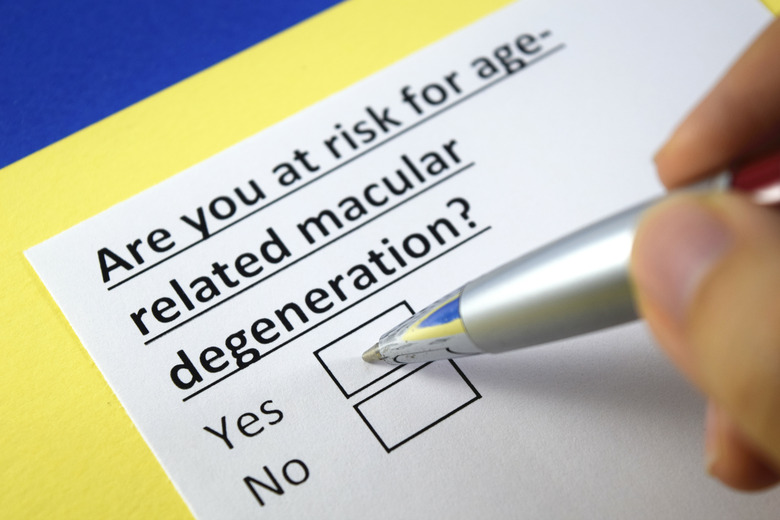ErythroSight develops novel, safe and personalised blood-derived therapeutic to treat vision loss

Impact Focus areas
Research area
Retinal degenerations, including the prevalent age-related macular degeneration (AMD) – is a leading cause of vision loss among individuals over 50 years old.
AMD, affecting approximately 1 in 7 Australians >50 years, is characterized by the deterioration of retinal neurons resulting in compromised visual function. This debilitating condition blurs central vision by damaging the macula, the crucial area responsible for sharp, straight-ahead vision.
Current treatments for retinal degenerations, such as AMD, are fraught with limitations. They primarily target a single late-stage pathway in AMD, which restricts their effectiveness and applicability. The complex nature of the disease necessitates multi-targeted approaches to manage widespread inflammation, contributing to the existing treatments' limited scope, high costs, and increased risk of secondary disease development.
Technology (TT2022-025)
Researchers at The Australian National University (ANU) have developed a novel and cost-effective manufacturing process to produce extracellular vesicles (EV) from patient red blood cells (RBC-EV), which overcomes existing therapeutic hurdles in the ophthalmic and EV therapeutic fields. Leveraging the abundance and lowly-immunogenic nature of RBC in the body, the pipeline provides a replenishable source of EV which can be developed into personalised and precision medicines.
While the novel RBC-EV product has shown strong therapeutic efficacy in preclinical testing in native states (natural), the EV product also has the potential to be loaded with existing or novel therapeutics (RNA, protein, DNA), allowing for greater penetrance of these therapeutics to the site of action ultimately compounding therapeutic efficacies.
Potential benefits
- Slows vision loss: 30% protection in function thus demonstrating vision preservation in pre-clinical studies.
- Accelerates the treatment plan: 30x faster production than stem cell EV’s.
- High yield: Approximately 50 therapeutic doses can be produced per bag of blood.
- Safe: Lowly-immunogenic due to autologous nature.
- Future usage: Leveraging therapeutic-loading capabilities of RBC-EV and expansion to treat other neuroinflammatory diseases, including Alzheimer's and Parkinson’s.
Opportunity
ANU is seeking engagement with industry partners for manufacturing and distribution, VC funding or philanthropic donations to progress the work, and a clinical team to advise and work with us through clinical trials.
IP status
The IP is owned by the ANU and is a subject of a patent application, PCT/AU2024/050484.
Key research team
Over 40 years of cumulative experience with a track record of over $12M in research/commercial funding.
The team has excellent track record in working with leading pharma/biotech including Genentech, ThermoFisher Scientific and Merck
- Riccardo Natoli, Associate Professor, John Curtin School of Medical Research
- Dr Yvette Wooff, Senior Research Fellow, John Curtin School of Medical Research
- Dr Adrian Cioanca, Senior Research Fellow, John Curtin School of Medical Research
- Rakshanya Sekar, PhD candidate, John Curtin School of Medical Research

